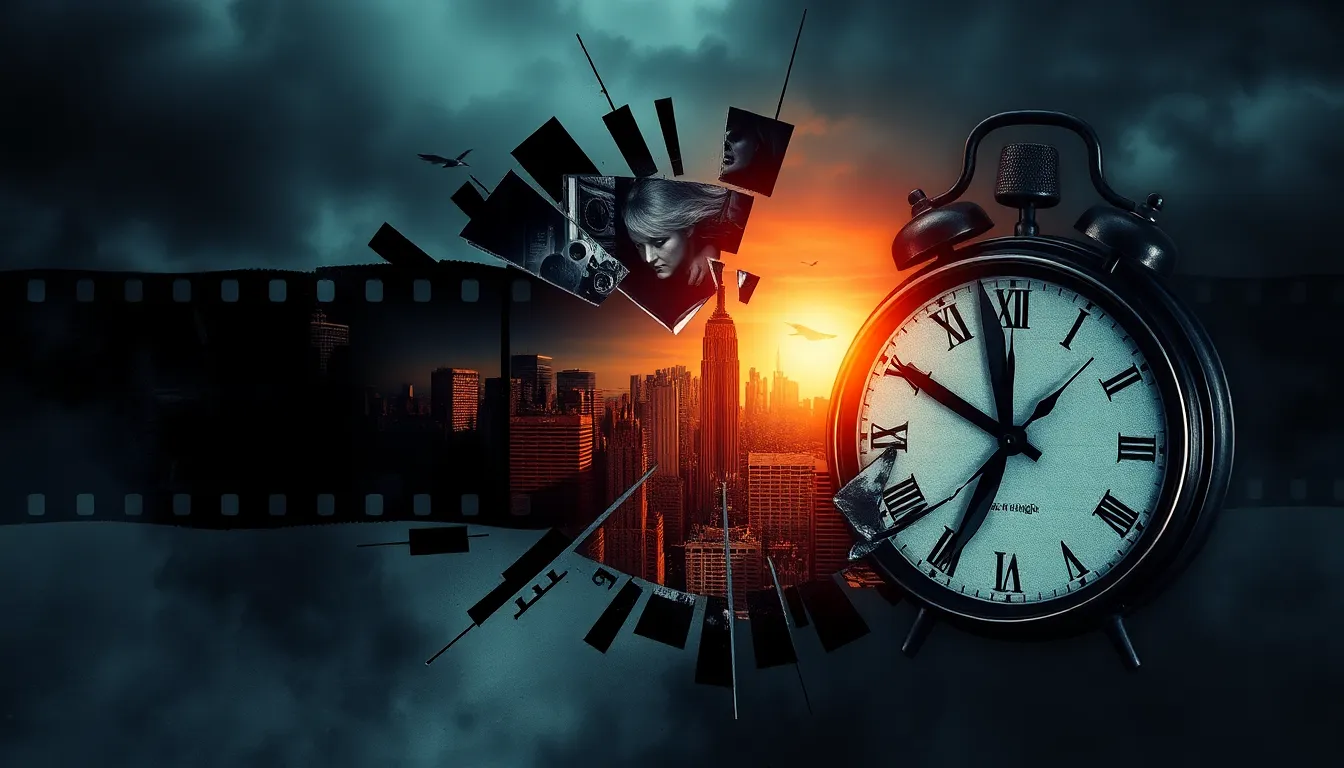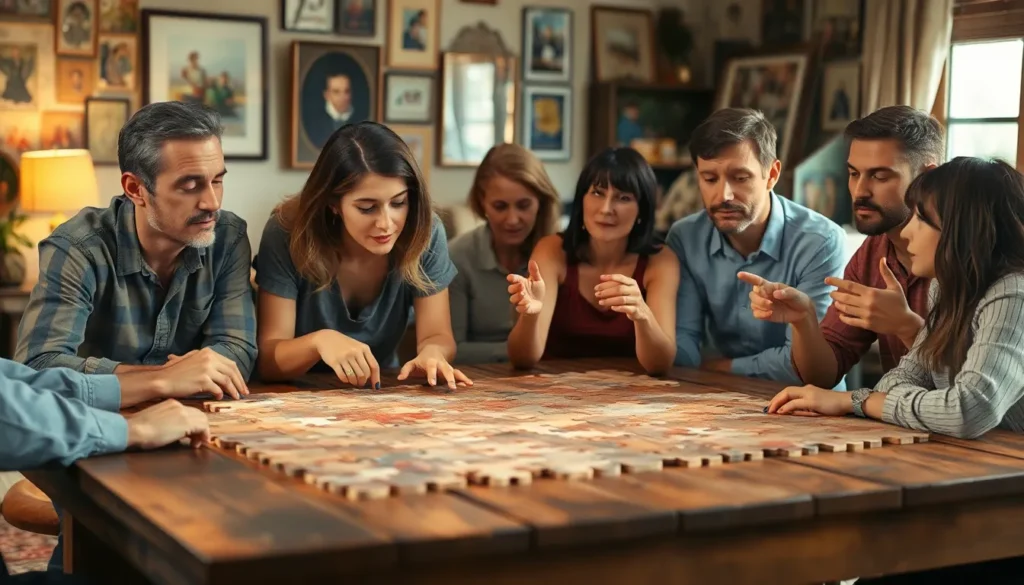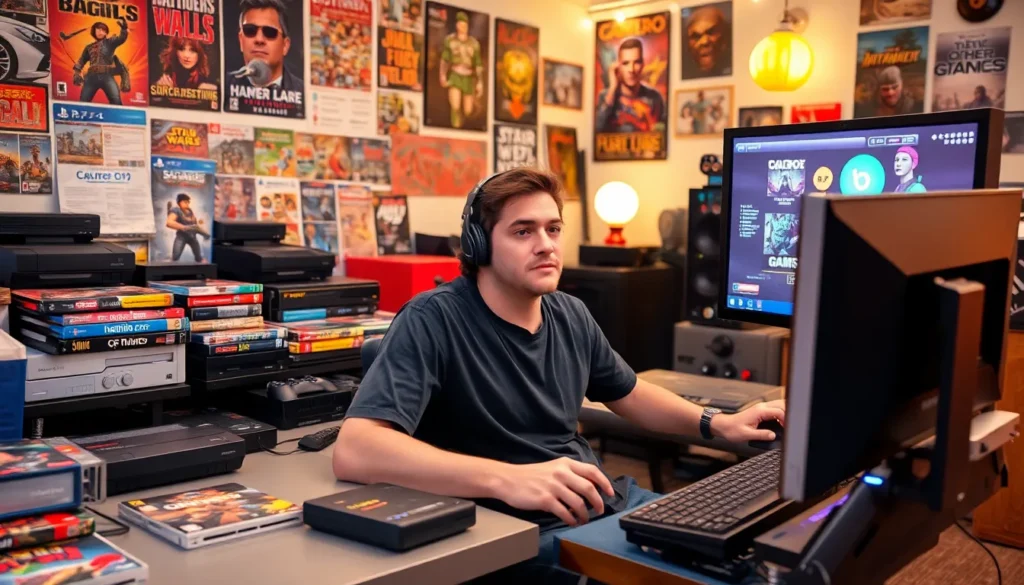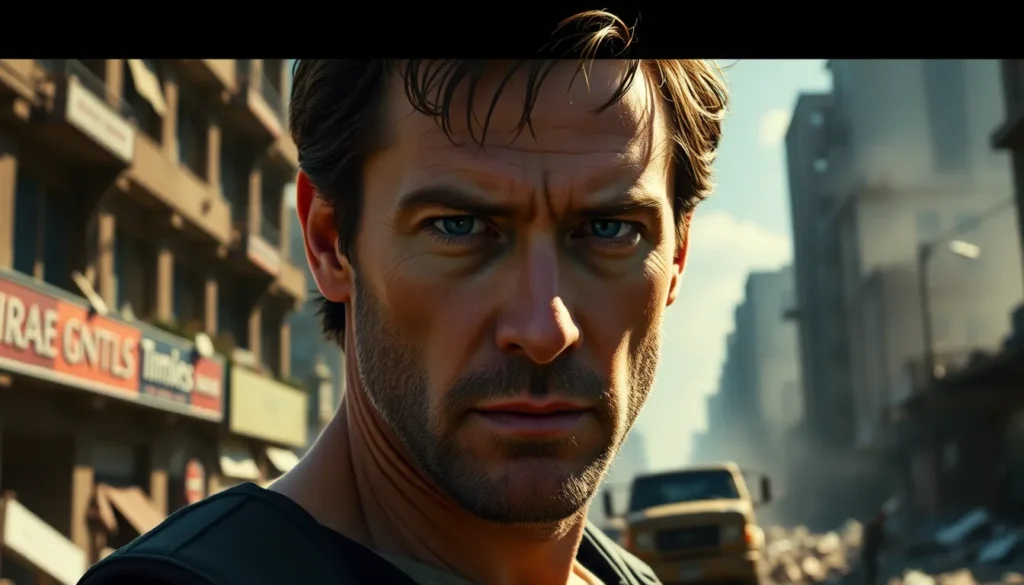Table of Contents
ToggleIn a world where attention spans are shorter than a TikTok video, fragmented movies are making waves like a cat video in a sea of serious documentaries. These films break traditional storytelling molds, weaving together disjointed narratives that keep viewers guessing and glued to their screens. It’s like a puzzle where the pieces don’t quite fit, but somehow, it all makes sense in the end.
What Is a Fragmented Movie?
A fragmented movie features a non-linear narrative or disjointed structure, often overlapping storylines or timelines. These films utilize scenes that may seem unrelated at first but contribute to an overall theme or message. Fragmented movies challenge traditional storytelling techniques, encouraging viewers to piece together information actively.
Examples of fragmented movies include “Pulp Fiction” and “Memento,” where plot events unfold in a non-chronological order. Characters’ backstories often emerge through flashbacks or fragmented sequences, allowing audiences to uncover crucial details as the narrative progresses. This structure maintains engagement, often sparking curiosity and discussion among viewers as they analyze the connections between scenes.
Critical elements of fragmented movies include:
- Non-linear timelines: Events do not follow a chronological sequence, creating intrigue.
- Multiple perspectives: Different character viewpoints contribute to a multifaceted storyline.
- Thematic cohesion: Disparate scenes tie together under a central theme or message.
Fragmented movies appeal to audiences who enjoy intellectual stimulation and the challenge of deciphering complex narratives. Filmmakers employing this style often aim to evoke emotional responses or provoke thoughtful analysis, resulting in a unique viewing experience that stands apart from conventional films.
Cinematic techniques, such as editing choices and sound design, further enhance the fragmented structure. These tools guide viewers through the disjointed story while establishing a cohesive rhythm. As modern filmmaking evolves, fragmented movies continue to resonate in an era where rapid content consumption prevails, demanding attention and critical engagement from audiences.
Characteristics of Fragmented Movies

Fragmented movies exhibit distinctive traits that set them apart from traditional films. Their unique structures and storytelling methods engage viewers in a multi-dimensional experience.
Non-linear Narratives
Non-linear narratives disrupt the conventional sequence of events. They often juxtapose scenes from different timelines, creating a puzzle-like experience for the audience. For instance, in “Memento,” flashbacks and present-day scenes interweave, compelling viewers to actively reconstruct the story. This narrative style promotes deeper engagement, as audiences work to connect disparate plot points and unravel the central theme. Non-linear narratives cater to viewers seeking inventive storytelling that values intellectual exploration.
Disjointed Storytelling
Disjointed storytelling employs fragmented scenes that initially seem unrelated. This technique fosters an immersive atmosphere by encouraging audiences to explore thematic connections among seemingly random elements. For example, “Pulp Fiction” presents multiple intertwined storylines that challenge the viewer’s understanding of character development and narrative arcs. Through this approach, filmmakers provoke curiosity and critical thinking, enhancing the overall cinematic experience. Disjointed storytelling thrives on its ability to intrigue and maintain viewer attention throughout the film.
Examples of Fragmented Movies
Fragmented movies span various eras and styles, showcasing unique storytelling techniques. Here are notable examples.
Iconic Films in the Genre
- Pulp Fiction – Quentin Tarantino’s film weaves multiple storylines together in a non-linear fashion, creating a narrative tapestry that captivates viewers.
- Memento – Christopher Nolan presents a reverse chronological order, forcing audiences to collect clues alongside the protagonist’s amnesia.
- Fight Club – David Fincher’s adaptation blurs reality with unreliable narration, involving different perspectives that challenge the protagonist’s identity.
- Eternal Sunshine of the Spotless Mind – Michel Gondry explores memory and relationships through fragmented timelines, depicting events in a non-sequential manner.
Recent Releases
- Everything Everywhere All at Once – This film combines sci-fi and action through intersecting realities, reflecting chaotic narratives and multiversal connections.
- The Lighthouse – Robert Eggers employs disjointed timelines and surreal elements to create psychological tension, prompting viewers to decipher character motivations.
- The French Dispatch – Wes Anderson’s anthology format consists of distinct vignettes, each telling separate yet thematically linked stories, embodying a fragmented structure.
- Tenet – Christopher Nolan again challenges viewers with a complex timeline that interacts with time manipulation, pushing narrative boundaries within the spy thriller genre.
The Impact of Fragmented Structure on Viewers
Fragmented structures significantly influence how viewers engage with films. By destabilizing traditional narratives, these films require active participation. Viewers must connect disparate elements, cultivating a deeper understanding through engagement.
Fragmented movies often evoke emotional responses. They create tension and curiosity, prompting feelings of confusion or intrigue. Films like “Memento” and “Fight Club” utilize this emotional pull to reward viewers with revelations that enhance the viewing experience.
Fragmented storytelling challenges viewers’ cognitive abilities. As audiences navigate non-linear timelines, they sharpen analytical skills. They identify patterns and relationships within complex narratives, which promotes critical thinking and encourages discussions about the film’s themes.
Fragmentation enhances thematic exploration. By juxtaposing various scenes and timelines, filmmakers emphasize recurring motifs and messages. “Eternal Sunshine of the Spotless Mind” illustrates how fragmented elements reveal deeper emotional truths, as personal memories intertwine across different timelines.
Fragmented structures also cater to contemporary viewing habits. In an era saturated with content, these films capture and retain attention. Engaging narratives compel viewers to stay invested, making each revelation more satisfying as the puzzle unfolds.
Fragmented movies inspire connections among diverse audiences. The challenge of piecing together narratives fosters shared experiences, sparking conversations and interpretations. Social media platforms amplify this phenomenon, as viewers share insights and theories, enriching collective viewing experiences.
Fragmentation holds lasting cultural significance. It reflects broader societal shifts in how stories are told and consumed. As attention spans diminish, films embracing fragmented structures maintain relevance by engaging audiences in meaningful ways.
Fragmented movies represent a bold evolution in storytelling that resonates with today’s audiences. By challenging traditional narratives and encouraging active engagement they create a dynamic viewing experience. The unique structures and non-linear timelines invite viewers to think critically and piece together intricate plots.
As filmmakers continue to innovate within this genre the appeal of fragmented storytelling is likely to grow. These films not only captivate but also foster conversations and connections among viewers. In an age where content is abundant fragmented movies stand out by offering depth and complexity that enrich the cinematic landscape.







